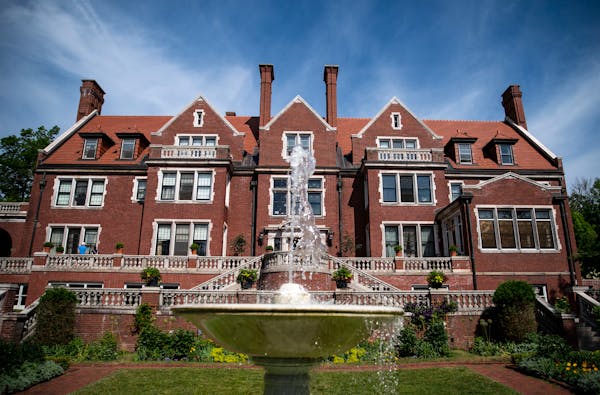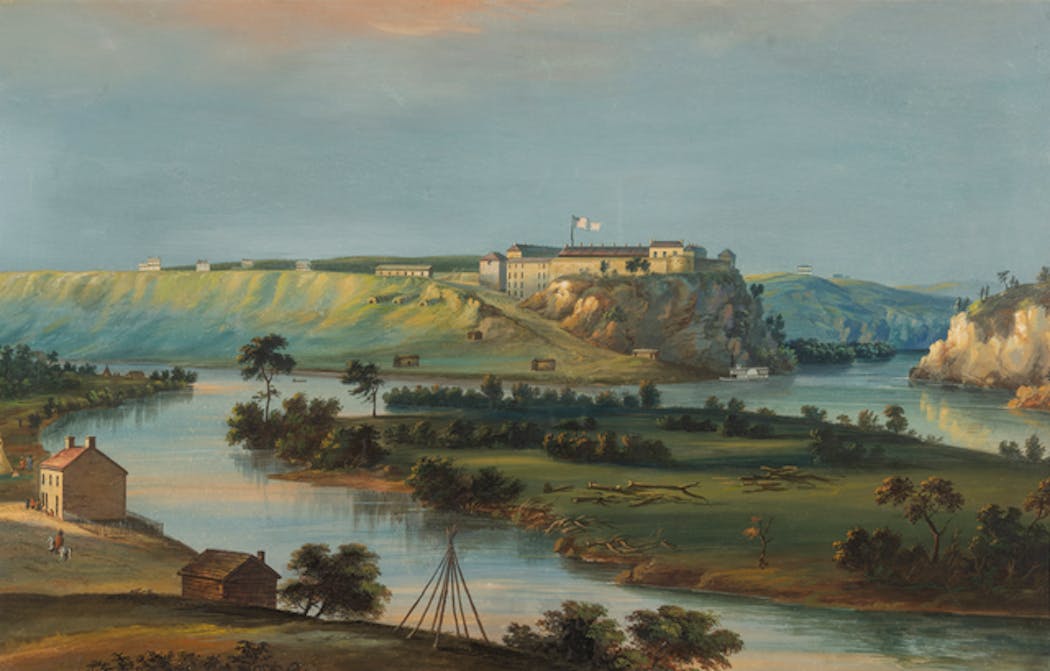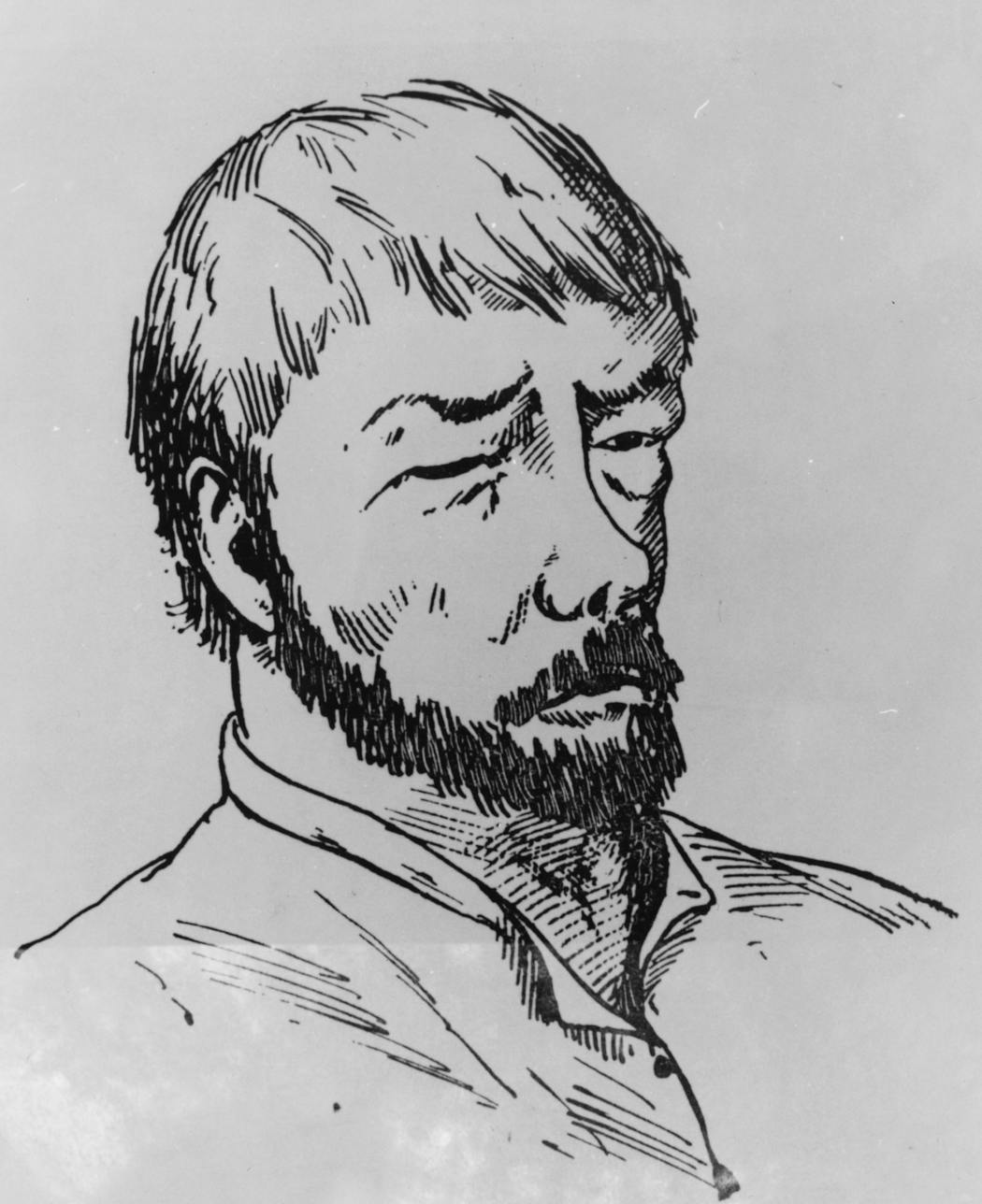Why is St. Paul located where it is? Hint: It involves liquor
Listen and subscribe to our podcast: Via Apple Podcasts | Spotify | Stitcher
When one looks at the impressive sandstone bluffs framing downtown St. Paul to its south and east, it's easy to assume that the location of Minnesota's capital city is connected to the area's geology and/or its geography.
St. Paul attorney Bill Tilton's question to Curious Minnesota, the Star Tribune's community reporting project, certainly alluded to it. He asked whether St. Paul was settled because it was the last viable place for canoeists heading upstream to portage before the steep bluffs of the Mississippi River Gorge made it difficult to disembark and pass St. Anthony Falls.
Not really. Try liquor.
While former Gov. Jesse Ventura famously joked that drunken Irishmen were responsible for the confusing layout of St. Paul's streets, he might have been onto something. The city's location on the east side of the Mississippi River was indeed connected to alcohol. Or, more accurately, federal officials' frustration with the whiskey being sold to soldiers at Fort Snelling and to the Dakota people living in nearby villages.
St. Paul is where it is because Fort Snelling's commander evicted squatters from the area surrounding the fort to several miles downstream to the east, said local historians Gary Brueggemann and Jim Sazevich.
"St. Paul's history is not a neat, simple story," said Brueggemann, author of "Minnesota's Oldest Murder Mystery" who is finishing a book about St. Paul before 1844. "It's complicated."
Said Sazevich: "Officials were tired of soldiers ending up in the guardhouse for drinking."
It all starts with the fort. Built in 1820 at the confluence of the Minnesota and Mississippi rivers, Fort Snelling was meant to deter British incursions from Canada in the aftermath of the War of 1812, Brueggemann said. And much of the territory surrounding the fort was considered wilderness and Indian land.
White settlers, he said, were not allowed and were as yet nonexistent.
That changed in 1837, after a treaty between the Dakota and the U.S. government opened up to settlement an area east of the Mississippi in what is now Ramsey and Washington counties. And while it was illegal to sell alcohol in Indian territory — or on the thousands of acres that surrounded Fort Snelling as its "reserve" — there was no such prohibition on the newly opened real estate east of the river.
As a result, several enterprising folks opened shanties as saloons to serve soldiers and Indians alike.
One area, called Rumtown, was right across the river from the fort near Hidden Falls in what is now Highland Park. It was composed of about 10 cabins and a saloon.
Another "groggery" was built by a former voyageur named Pierre "Pig's Eye" Parrant. He set up shop near Fountain Cave — since destroyed — in an area close to what is now Shepard Road and Randolph Avenue.
"It was a nightmare for the fort," Brueggemann said of the saloons. "They had a problem. A liquor problem."
During a visit to Fort Snelling by the federal inspector general in June 1839, 47 of the fort's nearly 300 soldiers were locked in the guardhouse for drunkenness. As a result, the inspector general suggested extending the fort's reservation — and outlawing liquor sales — to 20 miles in all directions.
Maj. Joseph Plympton, Fort Snelling's commander, settled on 5 miles.
"With the blessing of [President] Martin Van Buren," Brueggemann said, soldiers and the territory's deputy U.S. marshal began evicting farmers and saloonkeepers alike on May 6, 1840. It was months after fort officials sent the expanded boundaries to the War Department and much later than they'd intended to clear the land.
It got ugly, Sazevich said.
"[Farmers] already had their crops in the ground. This was their food for the year. Their animals were there. This is everything they own. And guess what some of them said? 'I'm not leaving,'" he said. "So, the furniture was removed from the houses. The houses were burned. The crops were trampled by soldiers. And the animals were shot."
Many of the squatters headed 5 miles downriver, to an area east of what is now Chestnut Street in downtown St. Paul, joining a smattering of pioneers already settled nearby. Some staked claims just outside the 5-mile boundary, near a good river landing. The area is now called Uppertown, near St. Paul's High Bridge.
Pig's Eye Parrant floated a bit farther downriver for his new claim, stopping near another good river landing close to where the Robert Street Bridge is now. In fact, an ancestor of Tilton, our Curious questioner, bought Pig's Eye's claim a year later — Louis Robert. The area is now called Lowertown.
In September 1841, several Catholic settlers — a number of them former voyageurs — volunteered to build a small log chapel atop the bluff between the river landings at the request of Father Lucien Galtier. They did it in part, Brueggemann said, so they wouldn't have to paddle their canoes all the way to church in Mendota.
"I had ... logs cut and prepared, and soon a poor log church that would well remind one of the stable of Bethlehem was built," Galtier later wrote. "The nucleus of St. Paul was formed."
On Nov. 1, 1841, Galtier consecrated the chapel — and the surrounding village, which had been known as Pig's Eye Landing — as St. Paul.
The Minnesota Territory was formalized in 1849, with St. Paul as its capital. In the 1850s, Sazevich said, the often-muddy Upper and Lower landings were improved, eventually enabling an increasing number of steamboats to dock there and the city's population to boom. In 1858, Minnesota was admitted to the union and St. Paul remained its capital.
And liquor? It wouldn't be prohibited again until 1920 — but that's another story.
If you'd like to submit a Curious Minnesota question, fill out the form below:
Read more Curious Minnesota stories:
Did political shenanigans derail an effort to move Minnesota's capital from St. Paul?
Why was I-94 built through St. Paul's Rondo neighborhood?
Who dug the sandstone caves along St. Paul's riverfront?
Did St. Paul really protect gangsters during the Prohibition era?
Why does I-35E through St. Paul have a 45-mph speed limit?
Why doesn't the city of St. Paul plow its alleys?






